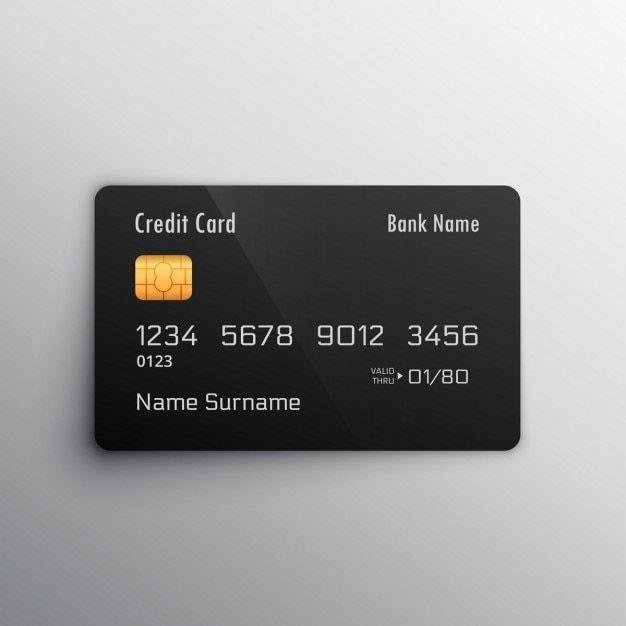Understanding APR on Credit Cards

While you review your monthly Credit Card statement, you come across the term APR. The full form is the Annual Percentage Rate. It symbolises the total annual cost of borrowing on your Credit Card and is denoted by a percentage, including both interest rates and additional fees.
APR is applicable when you carry a balance on your Credit Card and for different transactions, like late payments and cash advances, which often accompany higher rates. Understanding the impact of APR helps you manage your finances better and ensures responsible card usage.
What is a good APR?
A good APR for a Credit Card should be lower than the average market rate. It can vary according to the overall market conditions and your creditworthiness. An APR between 10% and 15% is good. Credit Card issuers assess your credit score to determine your APR. Hence, maintaining a high score helps you secure a lower rate.
Cards with an APR of roughly 9.99% are excellent. Those with around 14.99% are still favourable. Since many have a variable APR linked to the Government Prime Lending Rate, your interest rate on the Credit Card may fluctuate according to the Prime Rate.
APR function
After determining your APR, compute the Credit Card interest rate on the balance. Use the formula:
Credit Card interest = daily rate x average daily balance x number of days in the billing cycle to determine the interest payable. Let us break it down further:
Daily rates
You can ascertain the daily rate by dividing your Credit Card’s APR for purchases made by the number of days in a year.
Average daily balance
Add up your daily balances throughout the billing cycle and divide this total by the number of days in the billing cycle. This figure represents your average daily balance.
Days in the billing cycle
You need to multiply your daily rate by your average daily balance. Later, multiply this value by the number of days in the billing cycle. With most issuers, interest compounds daily.
How to minimise APR charges?
To minimise APR charges, consider paying your full balance each month. If that is not possible, you should pay more than the minimum amount to lessen the outstanding balance. You may also explore balance transfer options to consolidate debt at a lower interest rate.
Points to note
APR is crucial when applying for Credit Cards. It comes with exclusive APRs based on various factors, such as the customer’s credit history, purchase behaviour, and repayment tendencies. As you compare them, you need to pay special attention to the different APRs listed in the terms and assess whether they are fixed or variable.
Conclusion
Credit Cards combine features and benefits for users, including reward points, cashback, and discounts on travel, dining, and shopping. Additionally, they include various safety features, such as 3D secure authentication for digital transactions and zero liability for lost or stolen cards.
- Art
- Causes
- Crafts
- Dance
- Drinks
- Film
- Fitness
- Food
- الألعاب
- Gardening
- Health
- الرئيسية
- Literature
- Music
- Networking
- أخرى
- Party
- Religion
- Shopping
- Sports
- Theater
- Wellness
- Politics
- IT
- Relationship
- Blockchain
- NFT
- Crypto
- Fintech
- Automobile
- Faith
- Family
- Animals
- Travel
- Pets
- Coding
- Comedy
- Movie
- لعبة
- Computer


